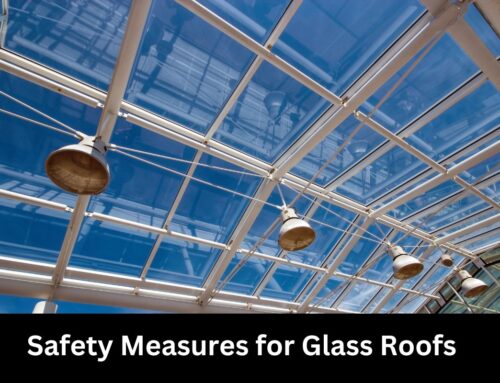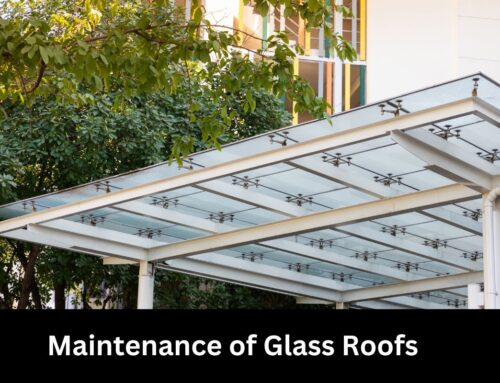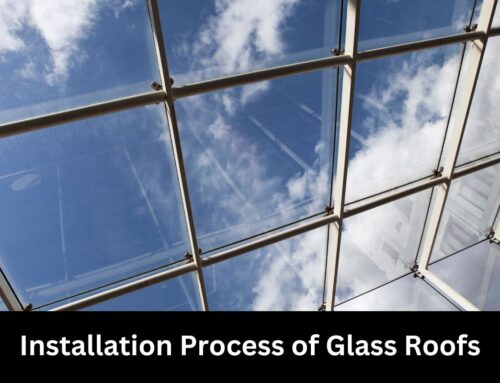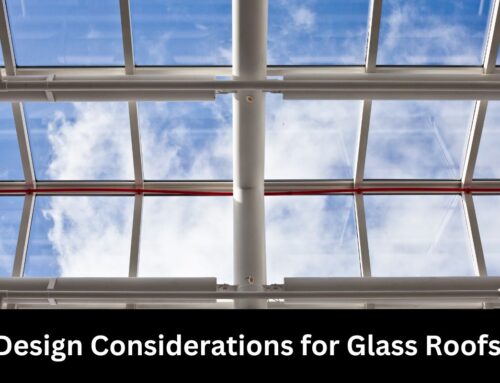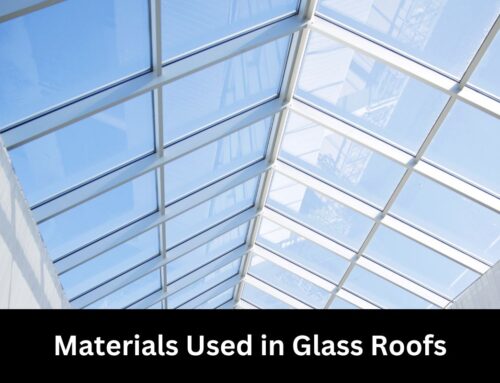Table of Contents
As architectural trends continue to evolve, so too do the technologies and materials that support them. Glass roof architecture is no exception to this rule. Advancements in materials science, construction methodologies, and digital design are propelling the future of this architectural element to new heights. This article will explore some of these innovative advancements and their impact on the future of glass roof architecture.

Innovations in Materials
Smart Glass
Smart glass, or electrochromic glass, is a revolutionary material that can change its opacity based on the amount of electric voltage applied to it. This feature allows the control of light and heat passing through a glass roof, contributing to energy efficiency and user comfort. It can dynamically respond to changes in sunlight and temperature, reducing reliance on heating, cooling, and lighting systems.
Photovoltaic Glass
Photovoltaic glass incorporates solar cells, enabling the glass to generate electricity. This innovative material has the potential to turn glass roofs into renewable energy sources. By harnessing the power of the sun, buildings can produce their own energy, reducing their carbon footprint and contributing to a more sustainable future.
Advanced Construction Techniques
3D Printing
3D printing technology is beginning to find its place in the construction industry, and glass is one of the materials that can now be 3D printed. This technology opens up new design possibilities for glass roofs, allowing for intricate, custom designs that would have been difficult or impossible to achieve using traditional techniques.
Self-Healing Materials
Research into self-healing materials could revolutionize the maintenance and durability of glass roofs. These materials are designed to repair themselves when damaged, which could drastically extend the lifespan of a glass roof and reduce the need for repairs.
Future Prospects
With continuous advancements in materials and construction techniques, the future of glass roof architecture is poised for exciting developments. The incorporation of smart materials and technologies into glass roof designs will improve their functionality and sustainability, moving us closer to the goal of zero-energy buildings.
While these advancements present exciting prospects, it’s crucial to continue examining their long-term impacts on our environment and societies. With a thoughtful and responsible approach, the future of glass roof architecture is a shining testament to human ingenuity and the enduring allure of natural light.
Conclusion
The future of glass roof architecture is teeming with potential, thanks to innovations in materials and construction techniques. From smart glass to photovoltaic panels, and from 3D printing to self-healing materials, these advancements are pushing the boundaries of what’s possible in architecture. As we continue to explore and refine these technologies, we can look forward to a future where glass roofs are not only beautiful but also smart, sustainable, and responsive to their environment.
Experience Superior Craftsmanship with Majestic Glass Roof Services
Majestic Glass leads the way in providing top-notch glass roof services across Sydney. Our exceptional craftsmanship and use of the highest quality materials set us apart. We offer an array of glass types to suit your specific requirements and budget. Drawing from our vast experience, we provide expert advice on design and installation, resulting in a glass roof that is both aesthetically pleasing and structurally sound. At Majestic Glass, we aim to provide more than a service – we promise a smooth installation process and lasting peace of mind.
Frequently Asked Questions on The Future of Glass Roof Architecture: Innovations in Materials and Construction Techniques
-
What is smart glass and how can it impact the future of glass roof architecture?
Smart glass, also known as electrochromic glass, is a material that can change its opacity based on the amount of electric voltage applied to it. This property allows control of light and heat transmission through a glass roof, enhancing energy efficiency and comfort. It dynamically responds to changes in sunlight and temperature, reducing the need for artificial lighting, heating, and cooling.
-
How can photovoltaic glass contribute to the future of glass roofs?
Photovoltaic glass incorporates tiny solar cells, enabling it to generate electricity when exposed to sunlight. This innovation can turn glass roofs into renewable energy sources, reducing a building’s carbon footprint and contributing to sustainability goals. In the future, buildings could generate their own power, promoting the concept of zero-energy or even energy-positive buildings.
-
How can 3D printing change the construction techniques of glass roofs?
3D printing technology offers new design possibilities for glass roofs, allowing for the creation of custom, intricate designs that would be challenging with traditional construction methods. This technology can fabricate complex shapes and structures, fostering more architectural freedom and innovation.
-
What are self-healing materials and how could they revolutionize glass roof maintenance?
Self-healing materials are designed to repair themselves when damaged. This technology could extend the lifespan of a glass roof and reduce the need for maintenance and repairs. If a small crack or chip appears in the glass, the self-healing material is designed to ‘heal’ or repair itself, improving durability and reducing long-term costs.
-
What potential challenges exist in implementing these new technologies in glass roof architecture?
While these new technologies present exciting prospects, challenges do exist. These can include higher upfront costs, the need for specialist installation and maintenance, and potential technological failures. It’s also important to consider the environmental impact of manufacturing these new materials, and to ensure they can be recycled at the end of their lifespan. Despite these challenges, with thoughtful design and planning, the benefits these innovations bring to glass roof architecture are considerable.
Related Articles
The Origins of Glass Roof Architecture: From Ancient Rome to Medieval Europe

